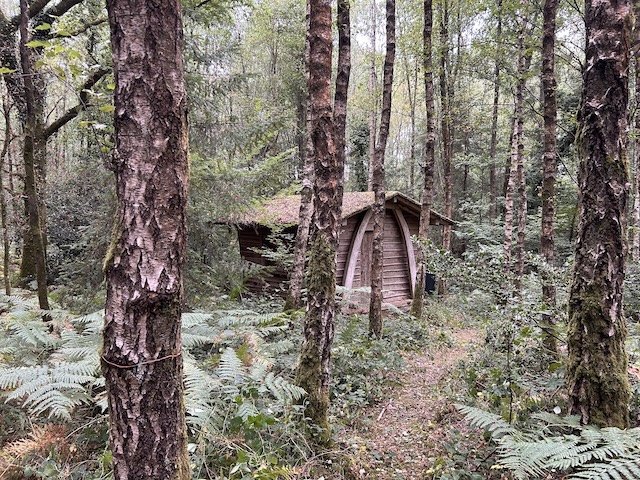(This is another archive post from September 2024 — re-reading it, I realise there’s potential to create a new pattern book motif on chaos, how we work with it, and how we might reduce it for others).
The wind was getting up. The waves were starting to blow in from different directions. The sea scape seemed to be changing at random. The day before, the waves had been rolling in with a nice rhythm.
This is another blog post that comes from the sea. And this one is about chaos. One characteristic of chaotic systems is the rules of the system keep changing. And this seemed to be what was happening around me. The wind was gusting from different directions, the tide was turning, the sun was coming in and out from behind clouds. And all of this was making a chaotic mess of the surface of the water.
Standing there trying to figure out what was going on I started to think about ways of coping with chaos. Think of these as working notes rather than a developed theory.
Get into the field – the sea looked messy from the shore but only in the water could I really feel how changeable it was.
The signal in the noise – there can be a lot of randomness but are there underlying patterns. There did seem to be a beat of waves heading in to the shore, confused by another set rolling in from the side. When you find a pattern in the system it is easier to work with.
Notice when the pattern ends – the rules of chaotic systems change. A pattern in the system is only useful as long as it persists. Look out for the pattern changing.
Think on your feet – you can’t rely on the normal patterns of working (see yesterday’s post on creating cycles in work). Instead you have to make the most of the situation you are in.
Learning is difficult – if learning relies on loops of action and reflection, then learning is much harder when the conditions keep changing.
Chaos is tiring – if you are constantly on alert trying to figure out what is going on then you are not getting time to rest and recuperate.
Writing these notes up I am left wondering:
- How can we support ourselves, other people and organisations when they enter into periods of chaos?
- How might our own actions, behaviours and design decisions cause chaos for others?
- How might we design for increasing chaos as climate breakdown rolls on?

